
Elementary
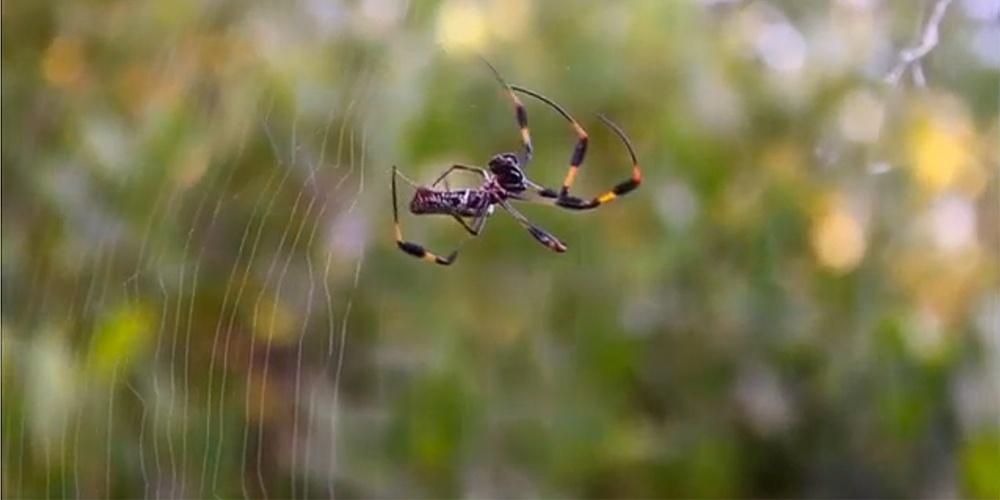
Make a Web - Wild Kratts (Science - Kindergarten)
Use this Wild Kratts video to teach children how spiders make their webs, the types of silk they spin, and how they capture prey. (Grades: PreK-4)
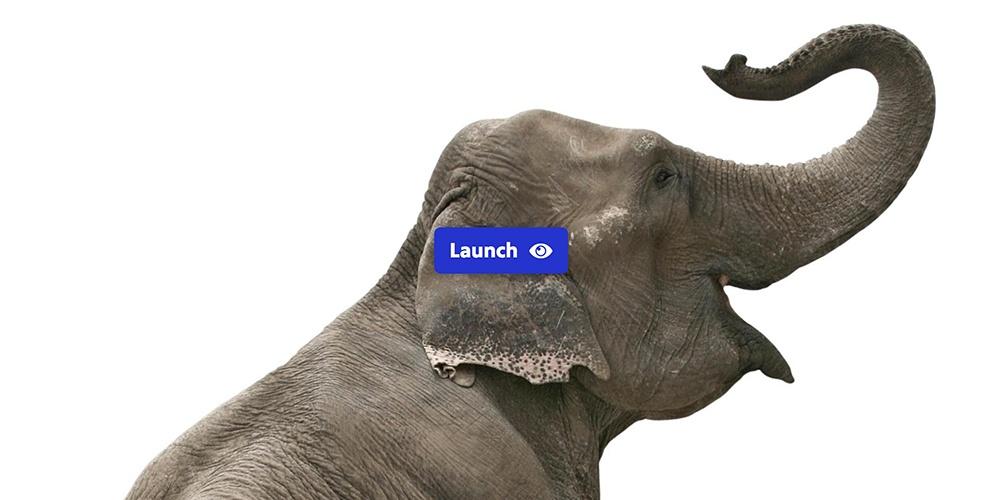
Man vs. Elephant
Read like a detective and solve a BIG problem on the island of Sumatra where man and Asian elephants struggle to live together and get along. (Grade: 3)
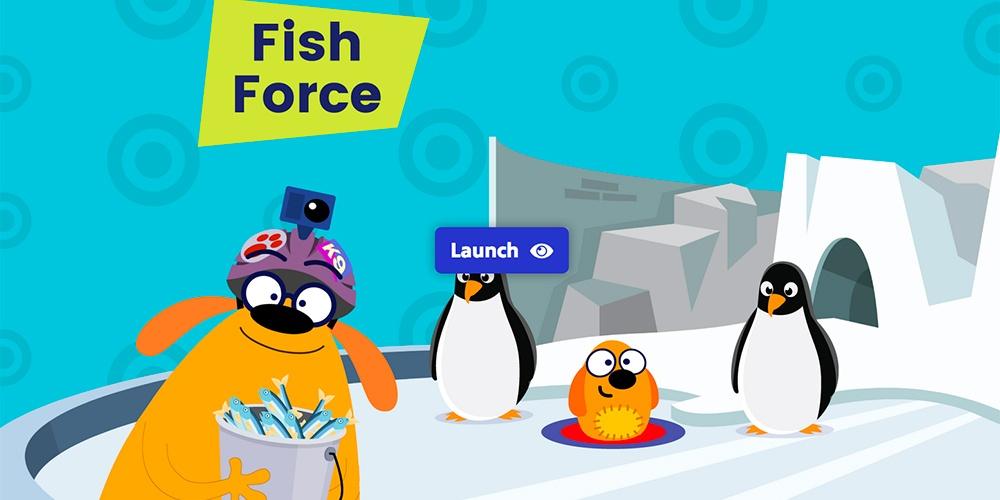
Fish Force Game — The Ruff Ruffman Show
Use science inquiry to predict and investigate forces and motion to help rescue Ruff's plushie from the penguins' ice rink in this sports science game. (Grades: K-2)
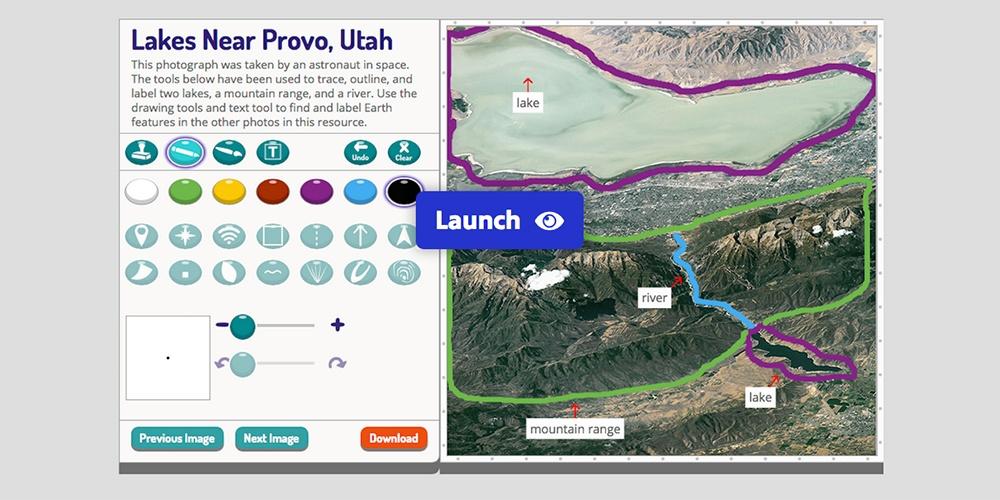
Views of Earth Features from Space
Analyze and annotate select surface features from photographs taken by astronauts. (Grades: 3-5)
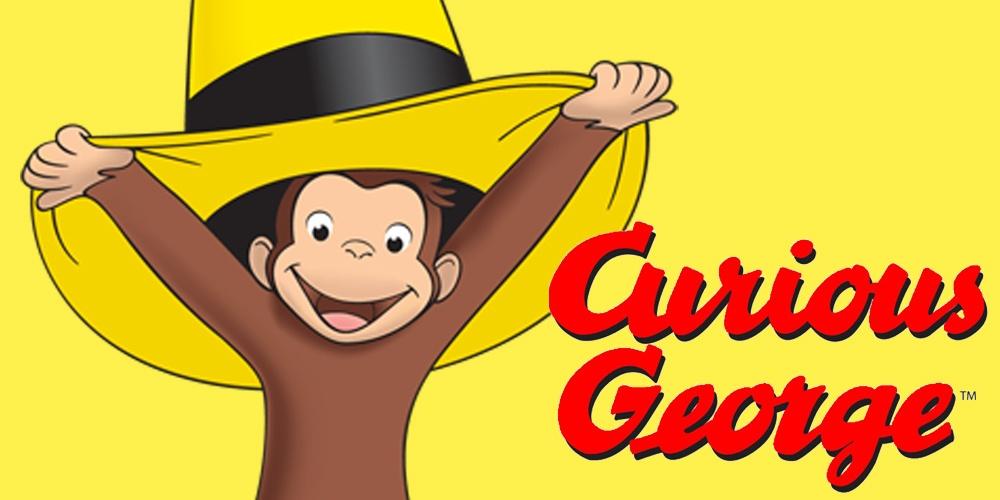
Five Senses — Curious George
Children explore how people and animals use their senses to learn about the world in this lesson featuring a hands-on activity and a video from Curious George. (Grades: PreK-1)
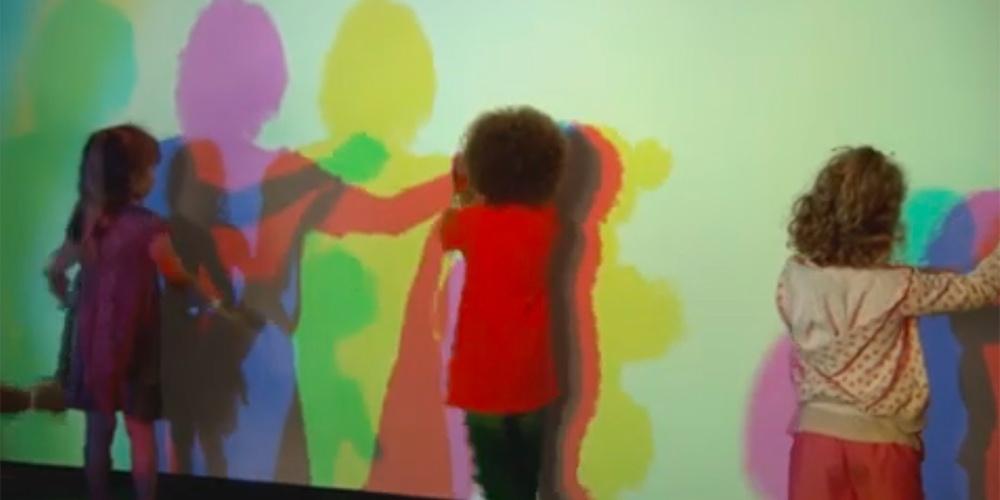
Science Museum Field Trip
At the Miami Science Museum kids find out how to mix colors with their own shadows, learn how levers work on a giant swing and much more. (Grades: PreK-3)

Mangroovin' — Plum Landing
Take on the role of baby groupers, fish who grow up in the shelter of mangrove roots. The goal is to find food without falling prey to hungry predators. (Grades: 1-4)
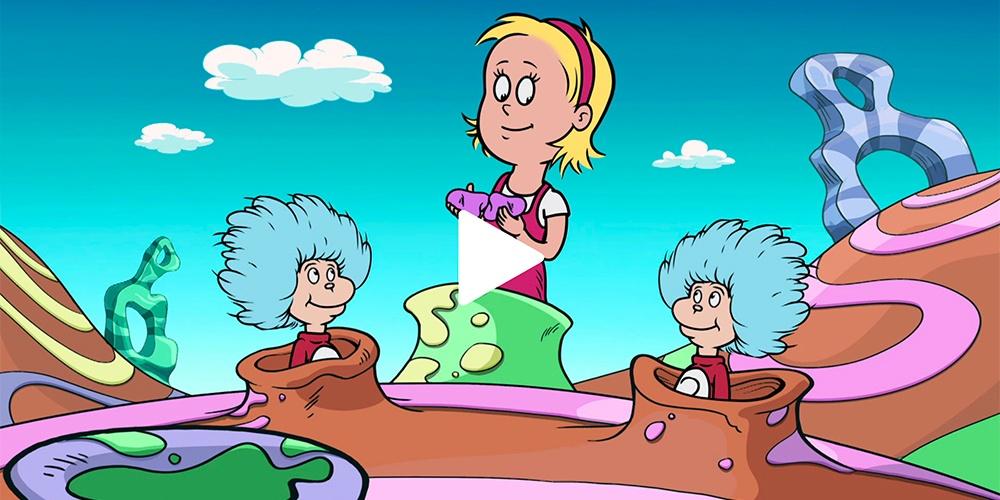
Whatever Floats Your Boat — The Cat in the Hat (full length)
Join Sally, Nick, and the Cat in the Hat as they go to the Floating Island and learn about why certain objects float and others sink! (Grades: PreK-K)
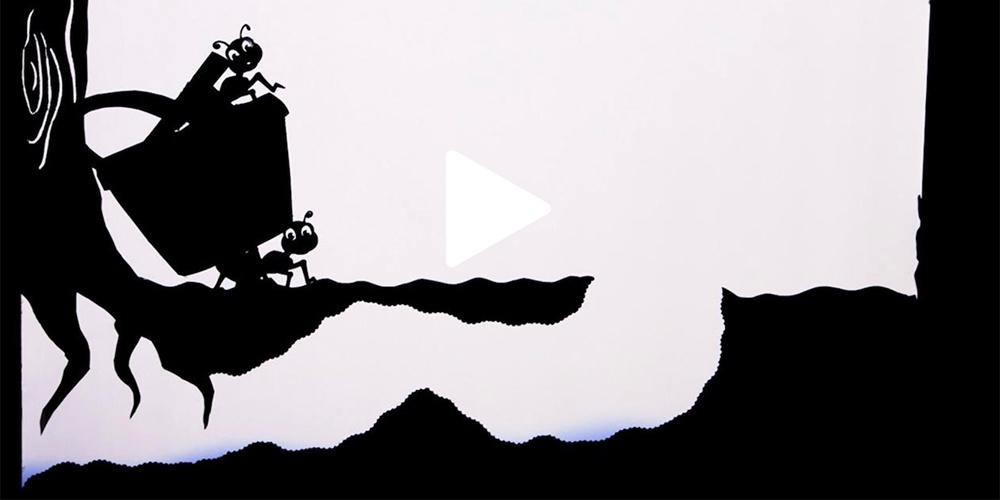
Ants and Plants | Education through Puppetry
This short video uses puppets to show how ants help plants grow. (Grades: PreK-5)
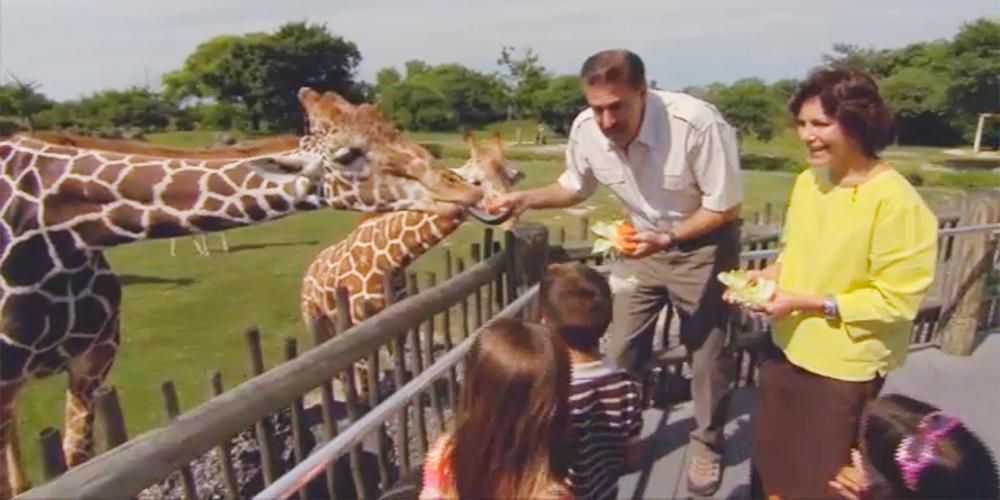
Zoo Field Trip
At Zoo Miami, children explore the zoo, wash rhinos, feed a giraffe and ride a camel. Children will love seeing all of these wild animals. (Grades: PreK-3)
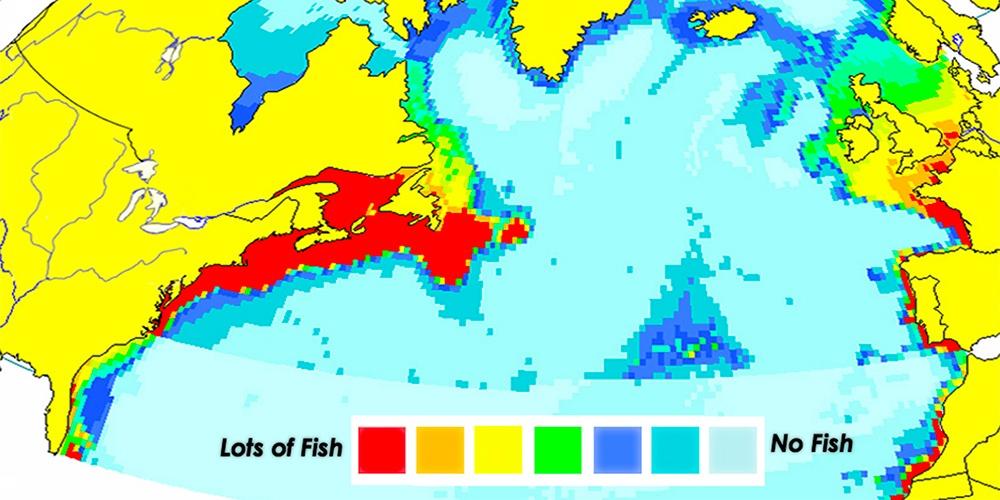
Aquaponics: Reducing Impacts of Overfishing
Analyze data that convey the effects of decades of fishing and learn how one girl designed an aquaponics system as a solution to overfishing in this PBS KIDS video. (Grades: 3-5)
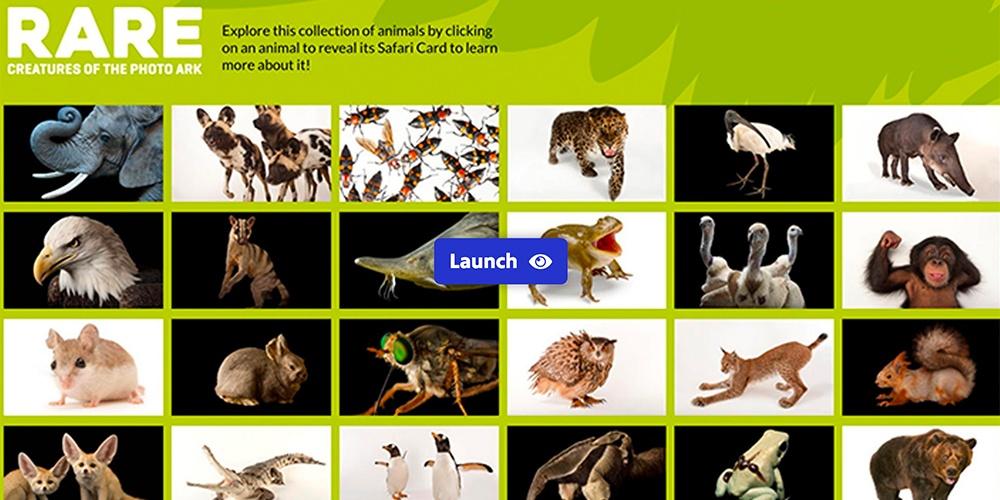
Rare Creature Cards
Explore a set of digital trading cards featuring photos by Joel Sartore and learn more about endangered animals in this Creature Cards interactive from WGBH. (Grades: 4-5)
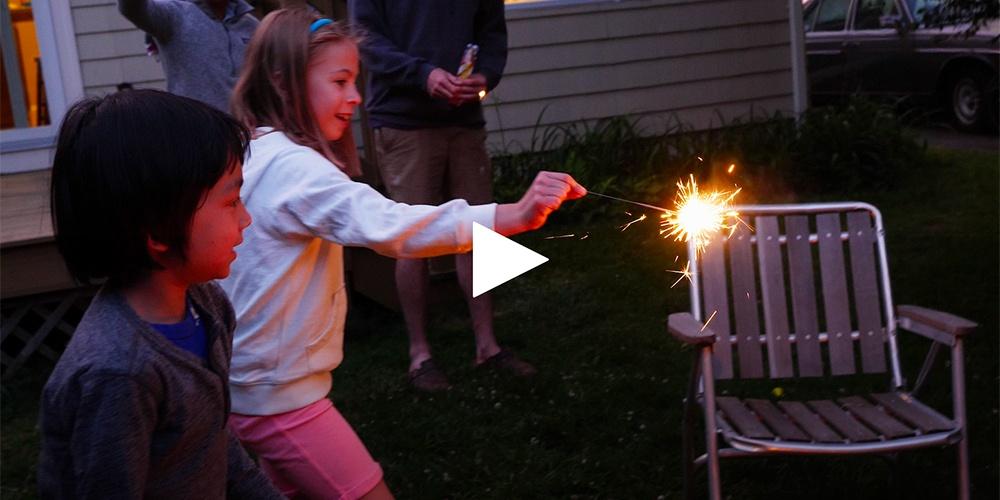
Light Sources
Explore natural and human made light sources in the environment in this live-action video. (Grades: K-2)
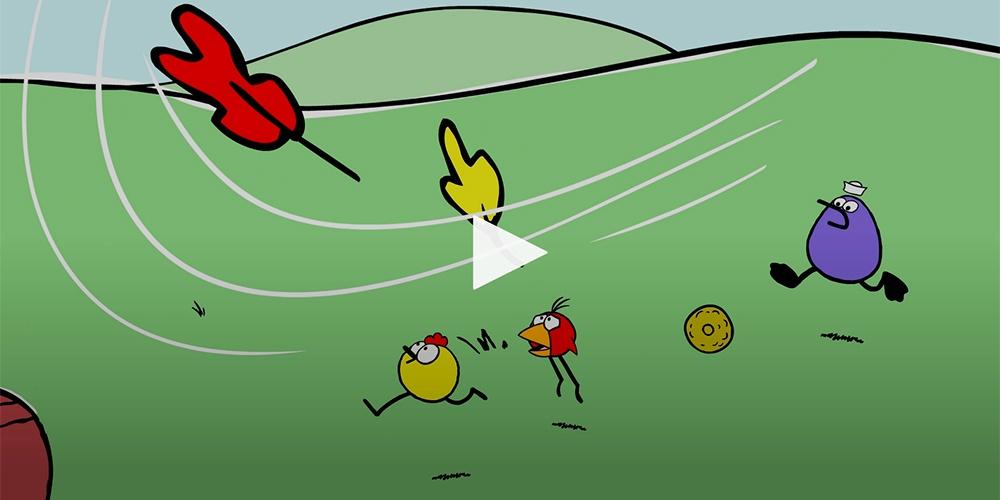
Weather Factors — Peep and the Big Wide World
Explore key characteristics of weather in these short, animated videos from PEEP and the Big Wide World. (Grades: K-2)
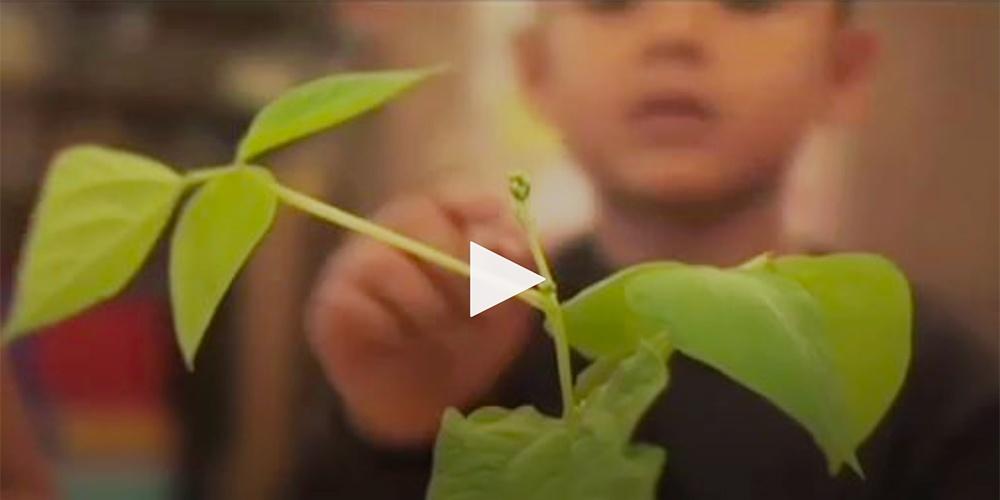
Growing Plants — Sid the Science Kid
Students plant lima bean seeds in class and watch them grow. Then they compare and measure the size of their plants. (Grades: PreK-2)
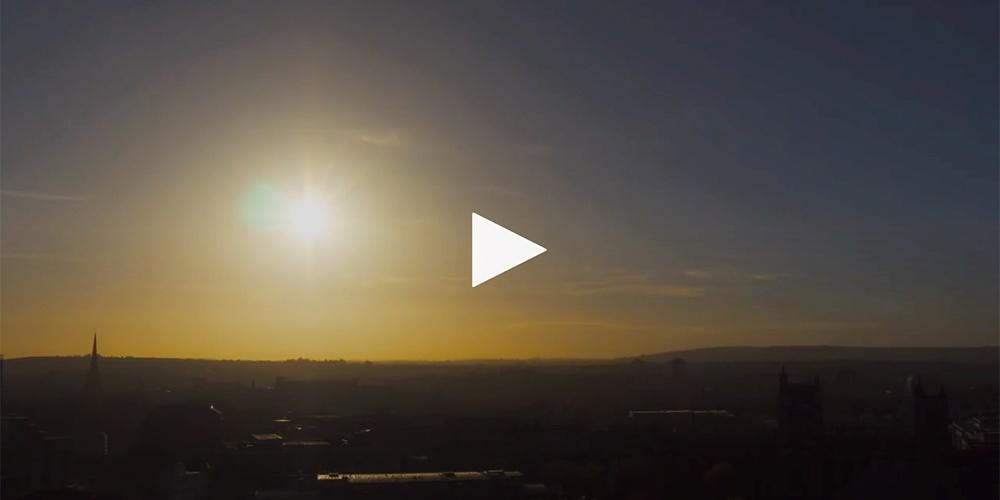
Changing Position of the Sun in the Sky
Observe how the Sun appears to rise in one side of the sky set in the opposite side. Put together a puzzle to show the path of the Sun in the sky. (Grades: K-2)

Seeing Sounds
Listen up! Take this sound safari with a roaring lion for your guide. Make your own musical sounds, and experiment with hearing and seeing sound waves. (Grade: 3)
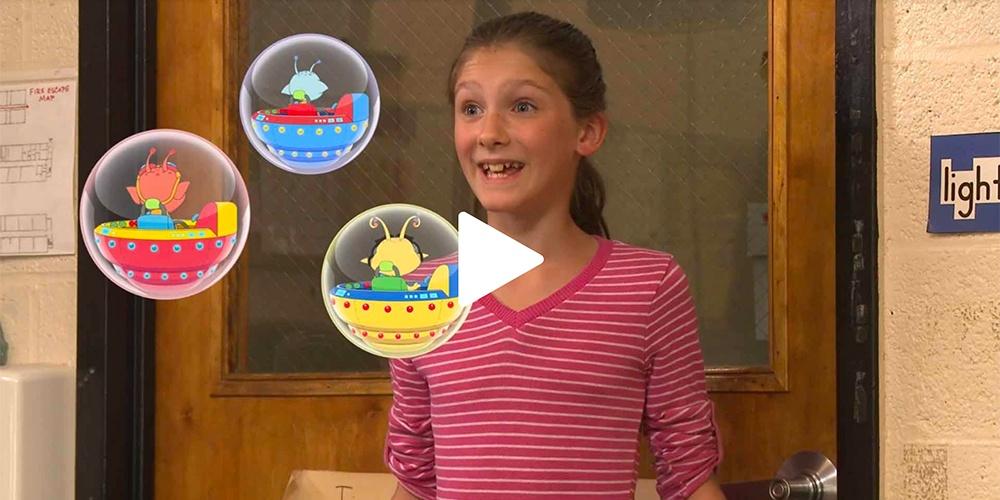
STEM from the START — Materials 1
The Quinks surprise Willow with a chair made of cardboard for her birthday, but Willow doesn't want to sit in it. Can you guess why? (Grades: PreK-3)
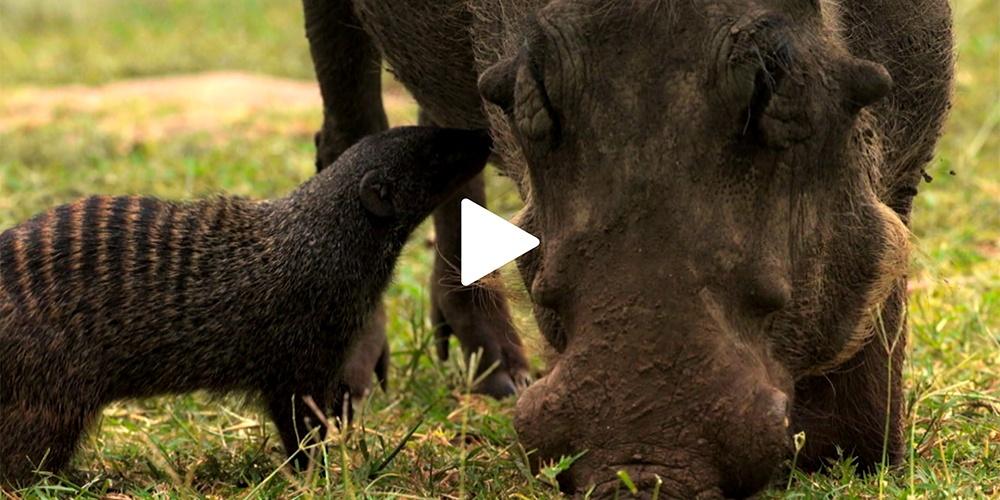
Unlikely Partners—Warthog and Mongoose
Learn about the unusual animal partnership between warthogs and mongooses in this video from the NATURE mini-series Spy in the Wild. (Grades: K-5)
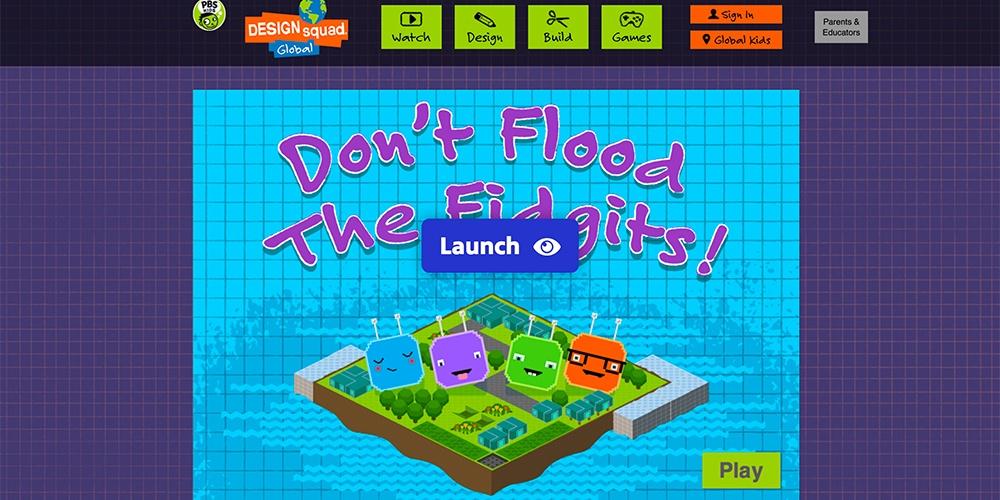
Reducing the Impact of Flooding
Engage in the iterative design process to build a fictional flood-resistant city, using a defined amount of funds and building materials in this PBS KIDS game. (Grades: 3-5)
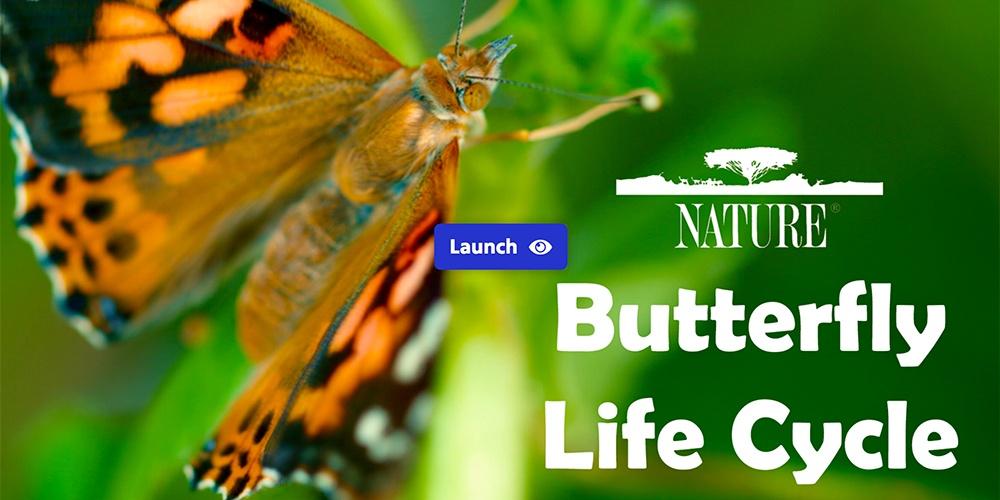
Butterfly Life Cycle
Through video content and interactive activities, students will discover the amazing transformation process from a tiny caterpillar into a beautiful butterfly. (Grades: K-3)
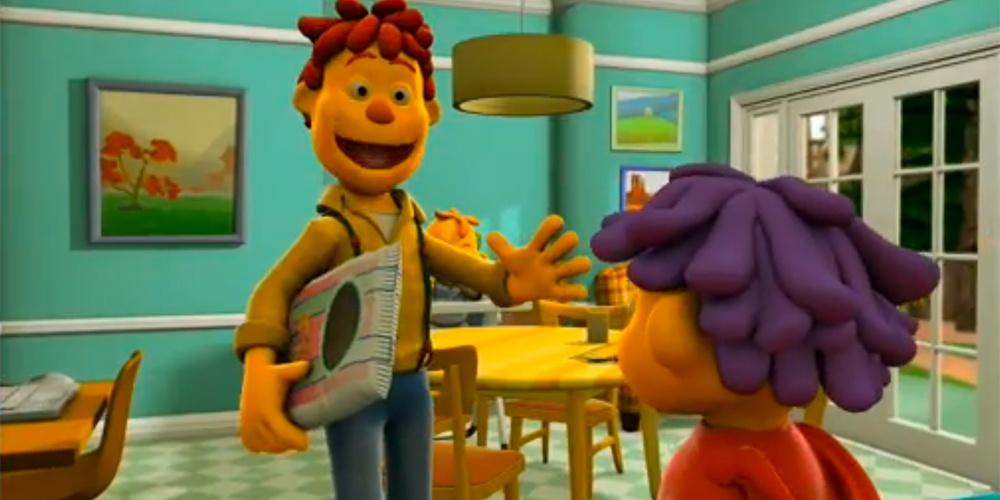
The Dirt on Dirt — Sid the Science Kid
Sid and his friends learn that dirt is really important to the Earth because it helps things grow. (Grades: PreK-1)
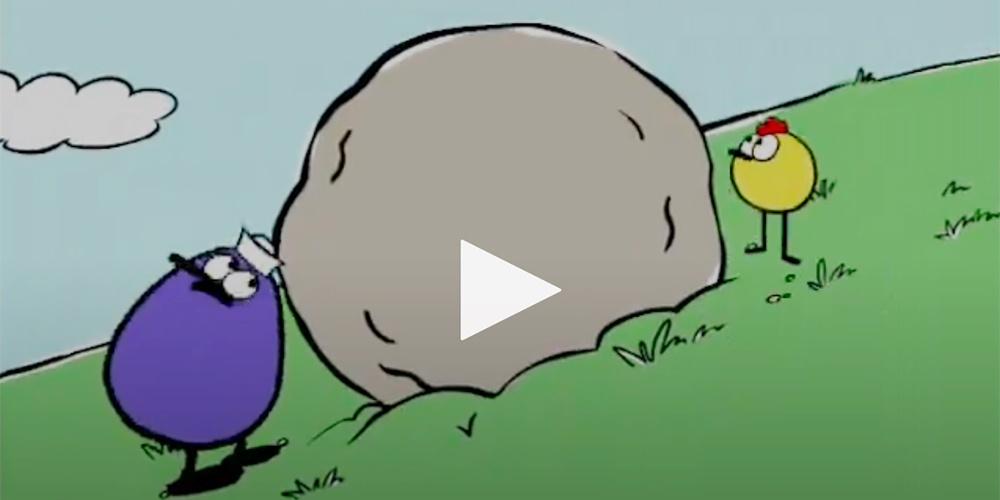
The Very Big Rock — Peep and the Big Wide World
Explore landforms and water bodies in this animated video from PEEP and the Big Wide World. (Grades: K-2)
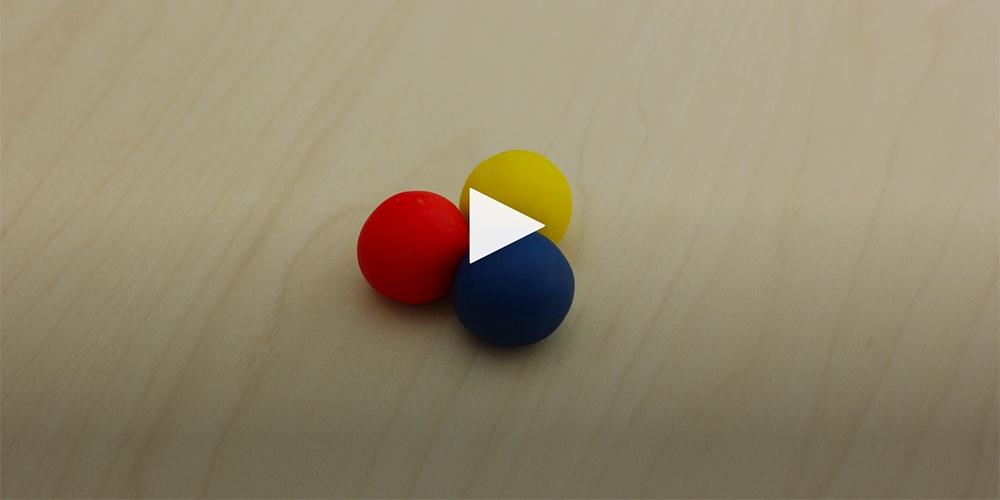
Mixing Colors — Everyday Learning
What color do you get when you mix blue and yellow? Children learn about mixing two colors to create a new color in this animated video. (Grades: PreK-1)

Water Cycle Animation | Clue into Climate
See what happens when there are changes in the regional water cycle. (Grades: 4-8)

Plum Island Explorer: Land and Water
Students must follow a map of the island to explore various landforms and bodies of water in this interactive game. (Grades: K-2)
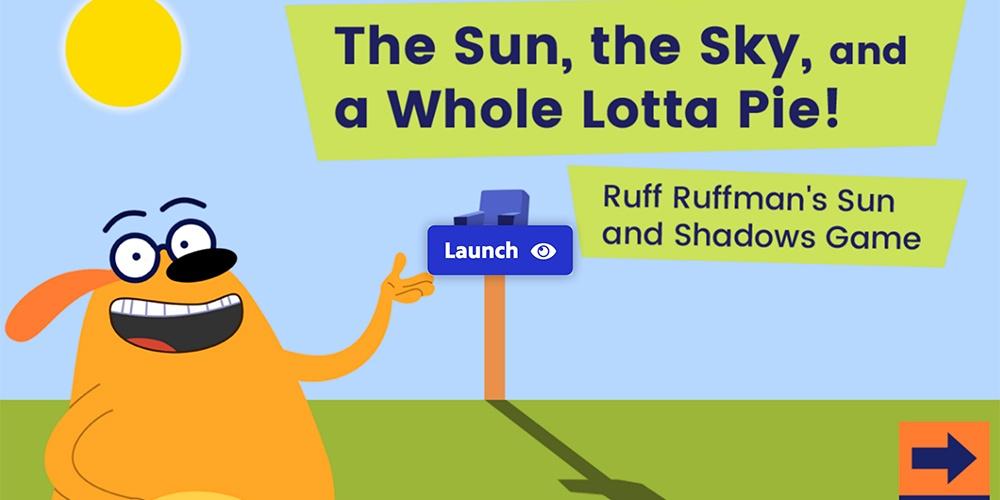
The Sun, The Sky and a Whole Lotta Pie
Explore the relationship between the Sun’s apparent path in the sky and changing shadows with this interactive game featuring PBS KIDS character Ruff Ruffman. (Grades: 3-5)

STEM from the START — Materials 2: Properties
When you are making something, it is important that you pick the right materials with the right properties to do the job! (Grades: PreK-3)
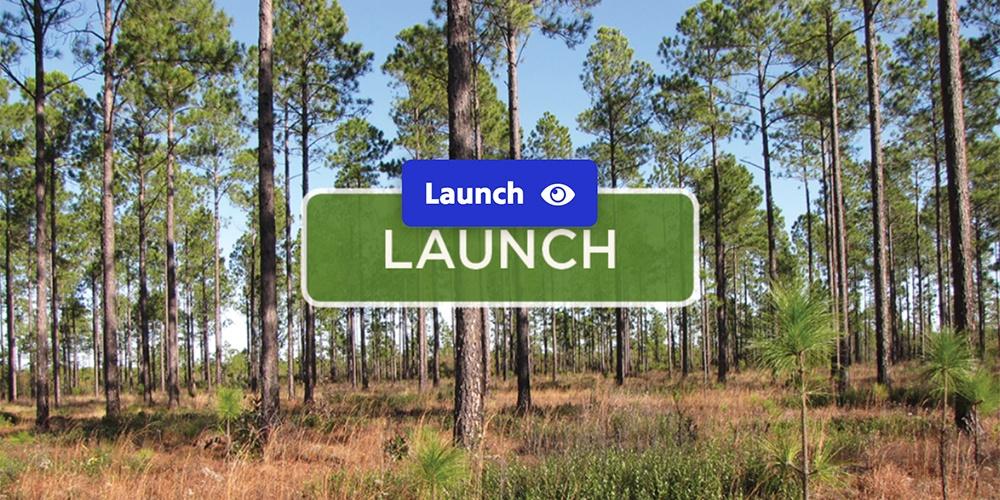
Georgia Forests - Virtual Learning Journey
Take an interactive journey through the working forests of Georgia to learn about forest ecosystems, food webs, life cycles and much more. (Grades: 3-6)
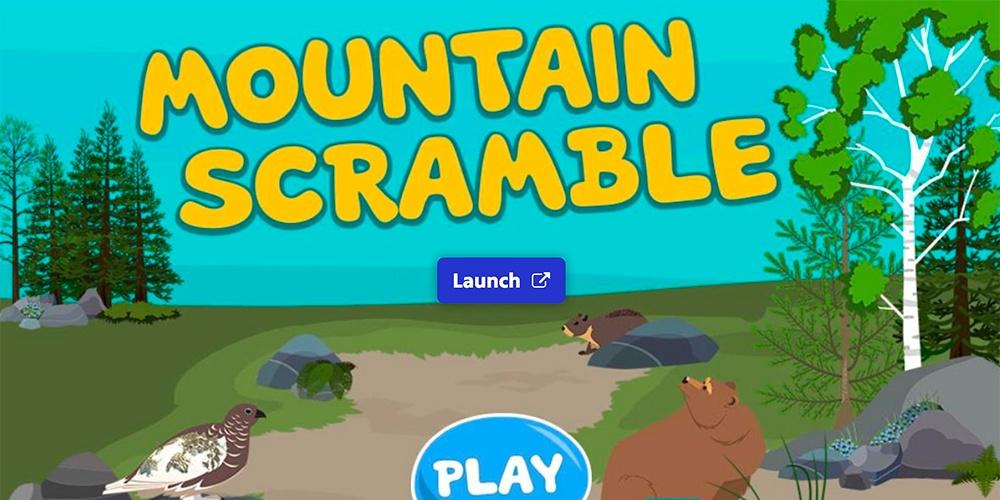
Mountain Scramble: An Ecosystem Game
Players strive to create a balanced mountain ecosystem in which each animal has enough food to survive over a period of 12 days. (Grades: 1-4)

Animals and Plants can Live in the City
Students explore how animals and plants meet their basic needs in a city, with help from Plum and her friends from PLUM LANDING. (Grades: K-2)
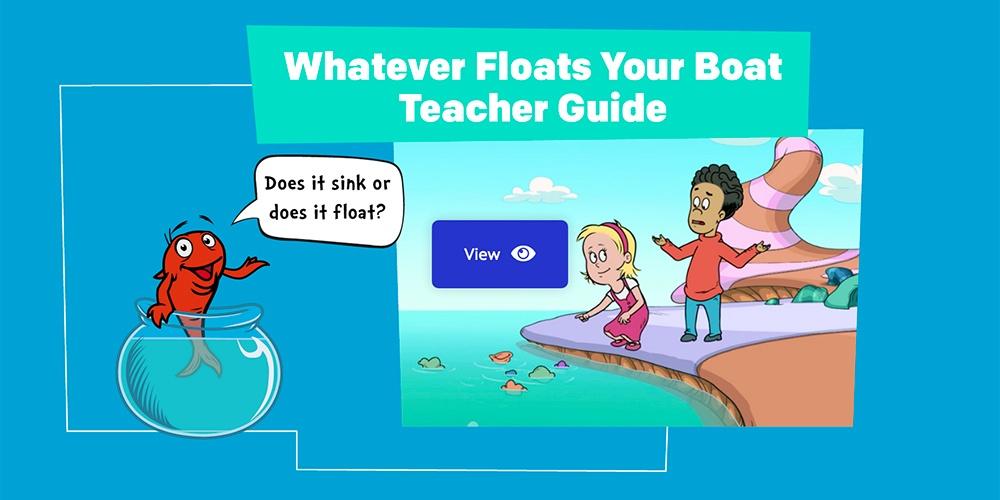
Whatever Floats Your Boat — The Cat in the Hat Knows a Lot A
The Cat in the Hat helps create engineering adventures for your students! In Whatever Floats Your Boat, the Cat invites them along to help solve a problem. (Grades: PreK-K)
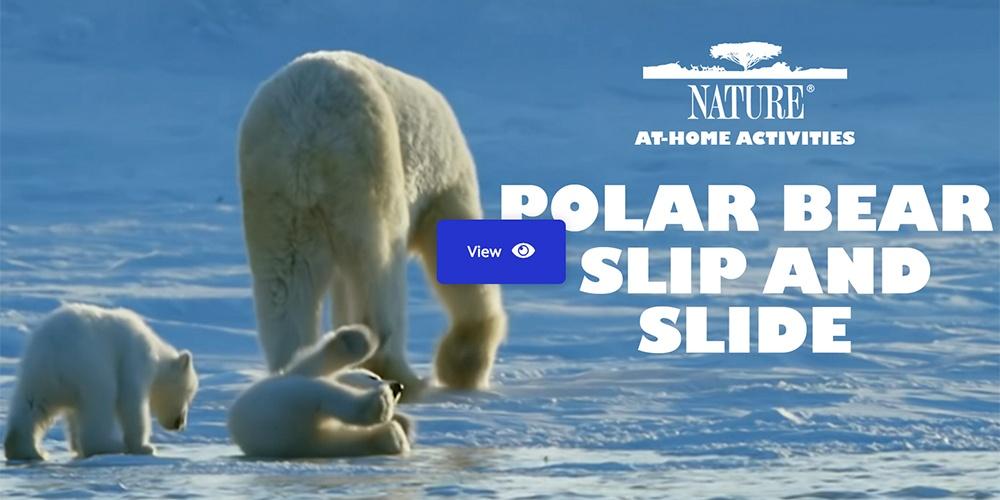
Polar Bear Slip and Slide — Nature At-Home Activities
Learn how a mother polar bear’s feet help her cross the ice and snow. Examine how different textures provide grip on slippery surfaces with this fun activity! (Grades: PreK-4)
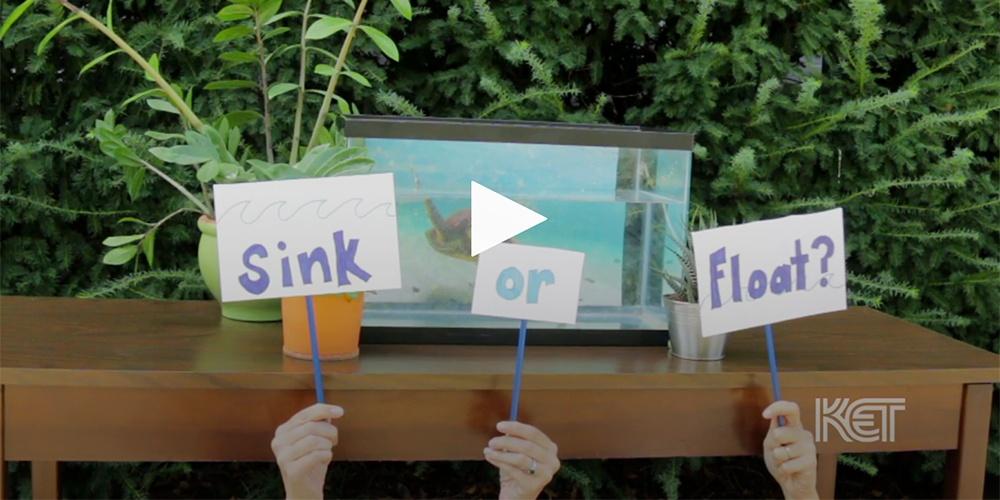
Sink or Float — Everyday Learning
Students are asked whether they think an item will sink or float, the item is then dropped into a fish tank, and the results are charted. (Grades: PreK-1)
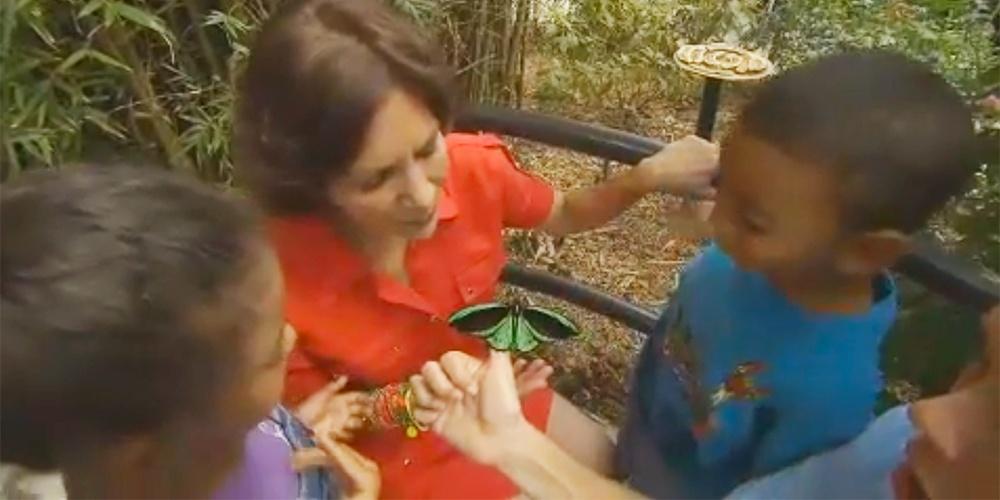
Butterfly World Field Trip
Witness metamorphosis, examine live butterflies, float with butterflies in a rainforest cave, and see a collection of the most beautiful butterflies in the world. (Grades: PreK-3)
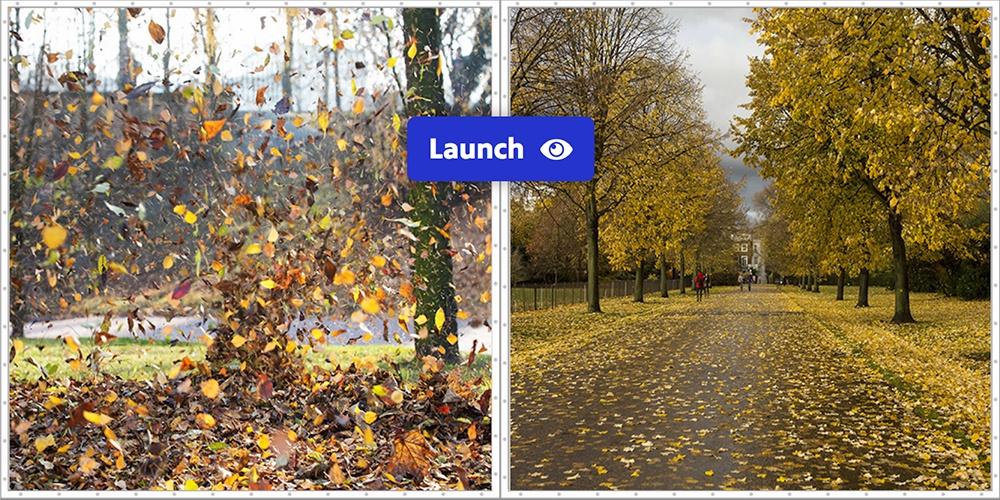
Evidence of Weather
Observe and annotate various images of weather phenomena in this interactive drawing tool. (Grades: K-2)
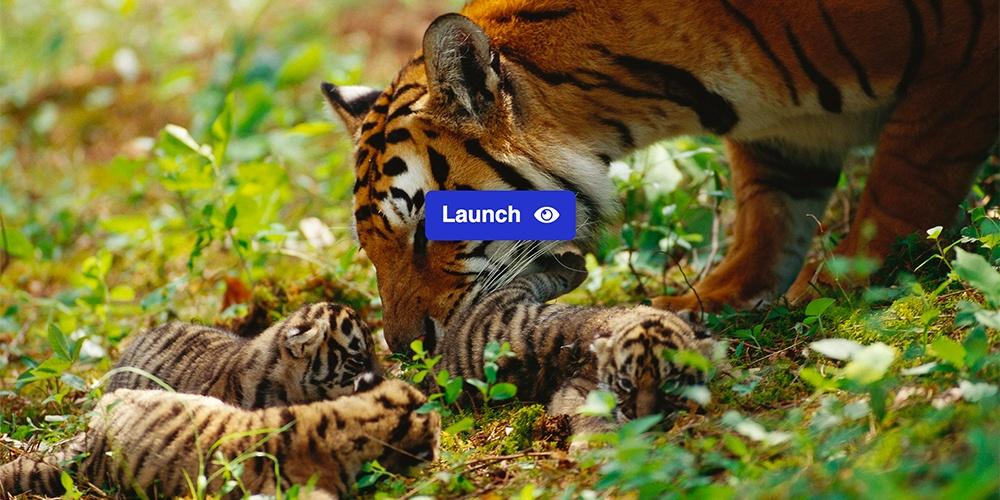
How Animals Care for Their Young
In this interactive lesson, students learn that animals take care of their young in many of the same ways the adults in their lives take care of them. (Grades: K-2)
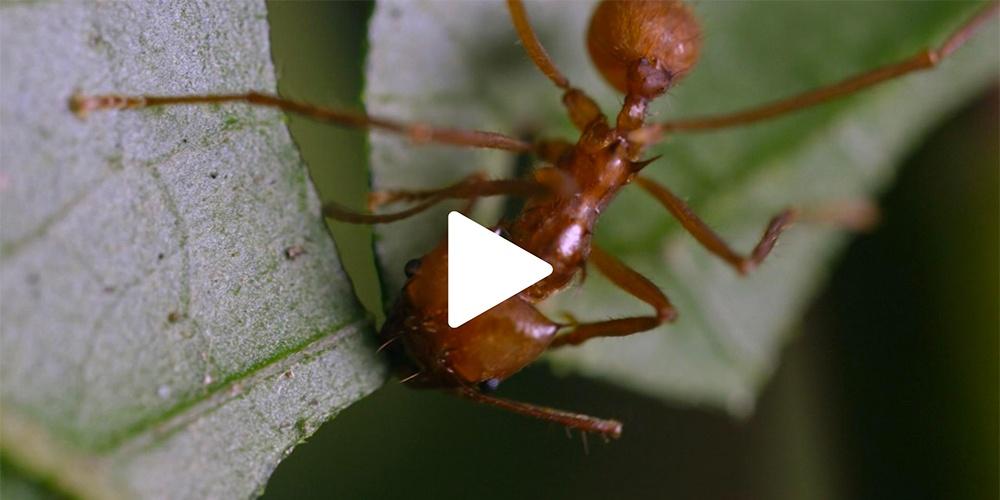
Nature Nuggets: The Ants Go Marching
Watch how ants cut through leaves and carry them overhead, while marching in a line. (Grades: PreK-2)
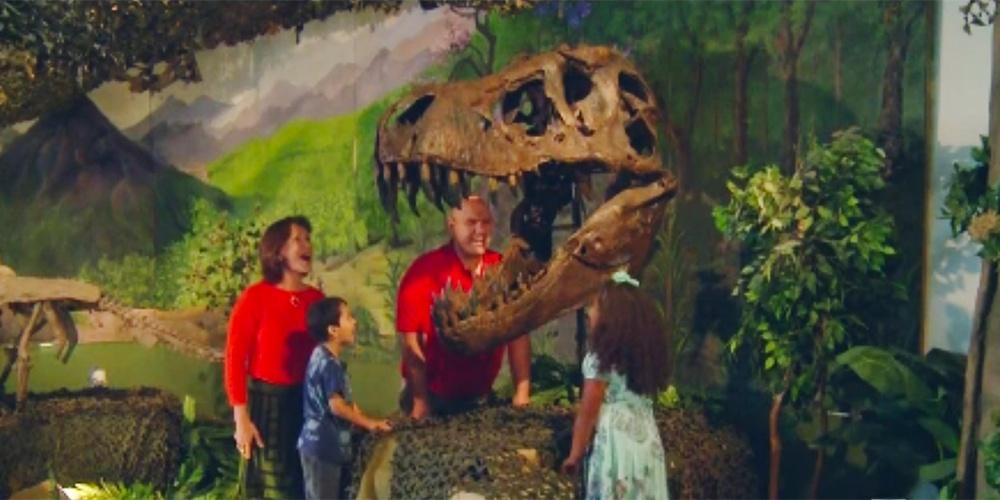
Dinosaur Exhibit Field Trip
At the Dinosaurs in Motion exhibit, kids dig for fossils, create a dinosaur skeleton and see life-size dinosaurs in action. (Grades: PreK-3)
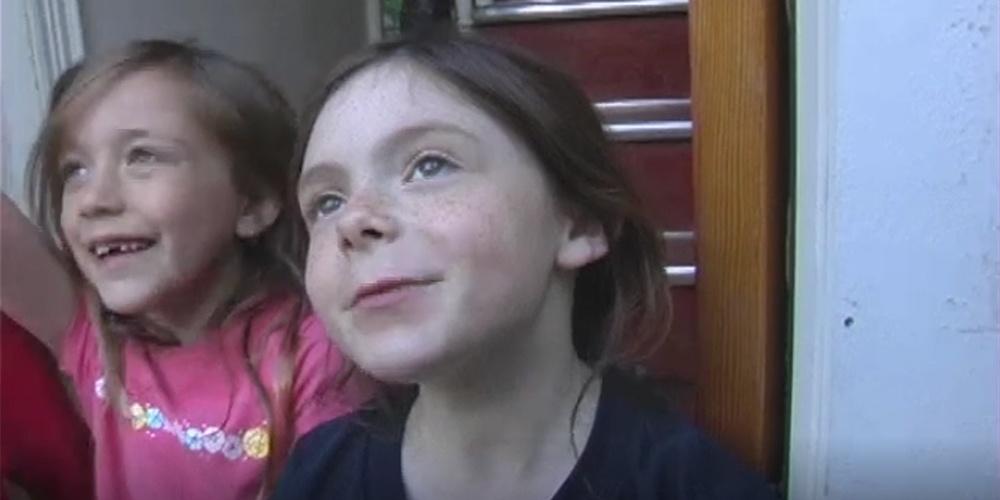
Observing the Moon
Observe how the Moon changes in the day and night sky. Use these videos to compare the Moon in the day and night sky and describe how it changes the sky over time. (Grades: K-2)
Middle School
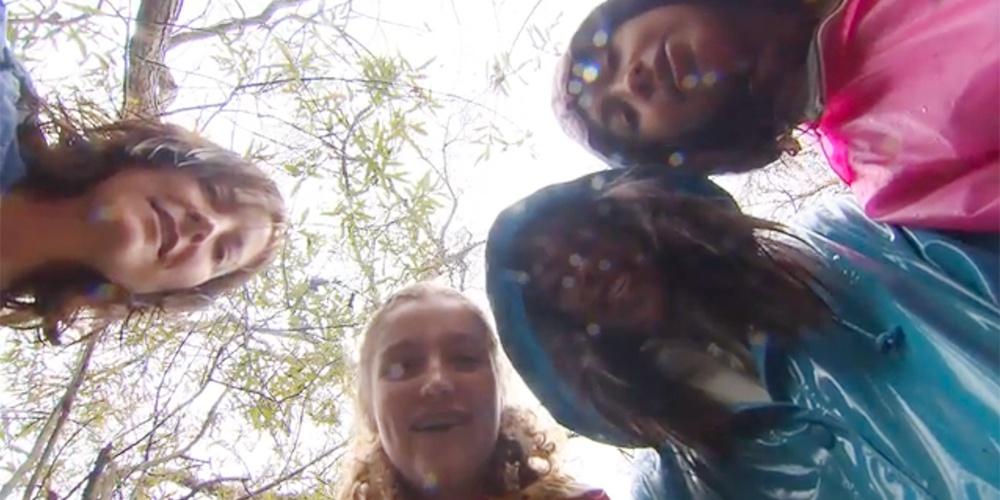
Habitat Havoc — SciGirls
The SciGirls talk with a mentor working in the field of ecology about her project comparing native willow trees and non-native palm trees. (Grades: 5-8)
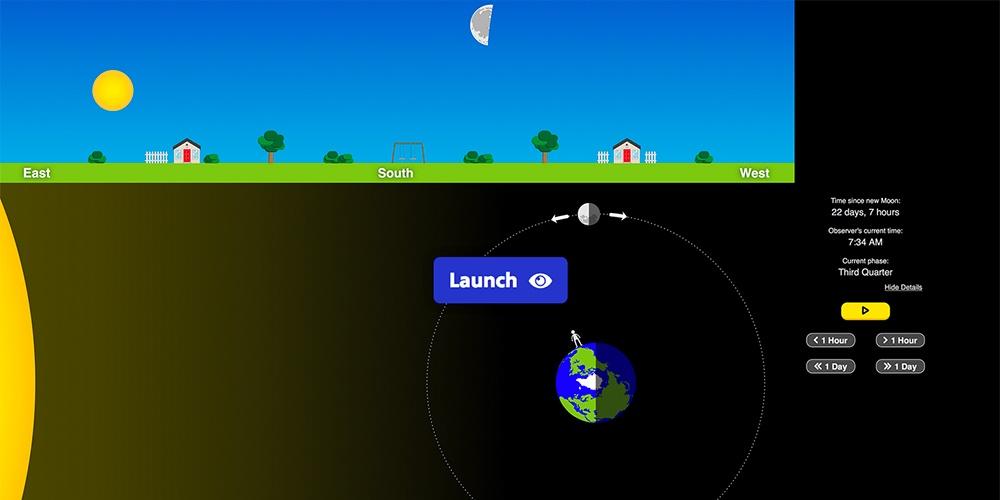
Moon Phases Simulation Viewed from Earth and Space
Relate observable Moon patterns to motions within the Earth–Sun–Moon system using this digital model from Astronomy Education at the University of Nebraska-Lincoln. (Grades: 3-5)

Does Climate Change Cause Extreme Weather? | Above the Noise
Fluctuations in weather happen all the time. But sometimes, those fluctuations can get extreme. What role does climate change play in extreme weather? (Grades: 6-12)
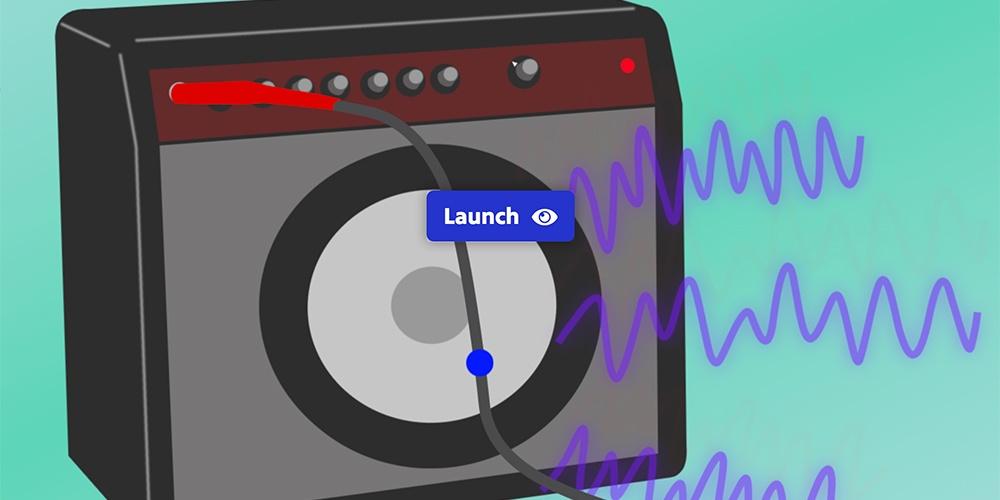
Mechanical Waves
Learn about mechanical waves, which transfers energy from one place to another through liquids, gases and solids, with this interactive lesson. (Grades: 6-12)
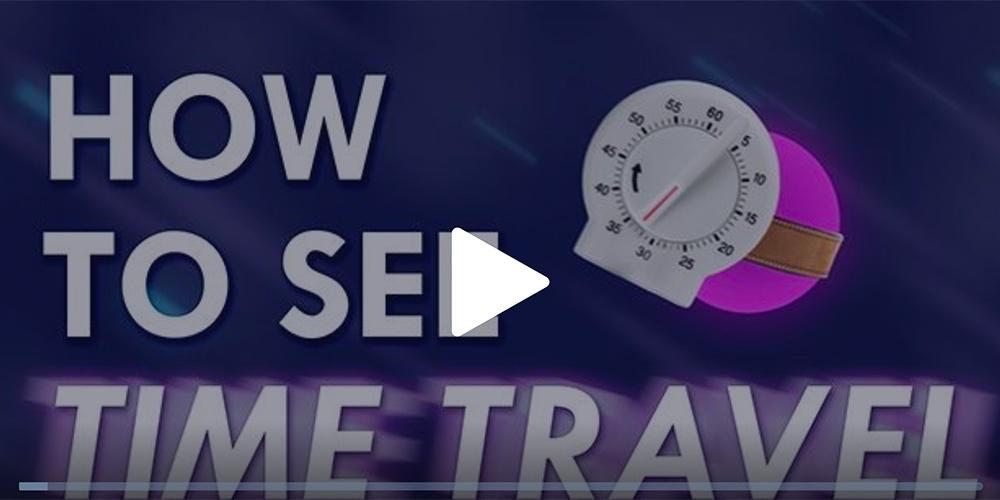
How to See Time Travel
Build your own cloud chamber particle detector and test relativity at home! (Grades: 6-12)
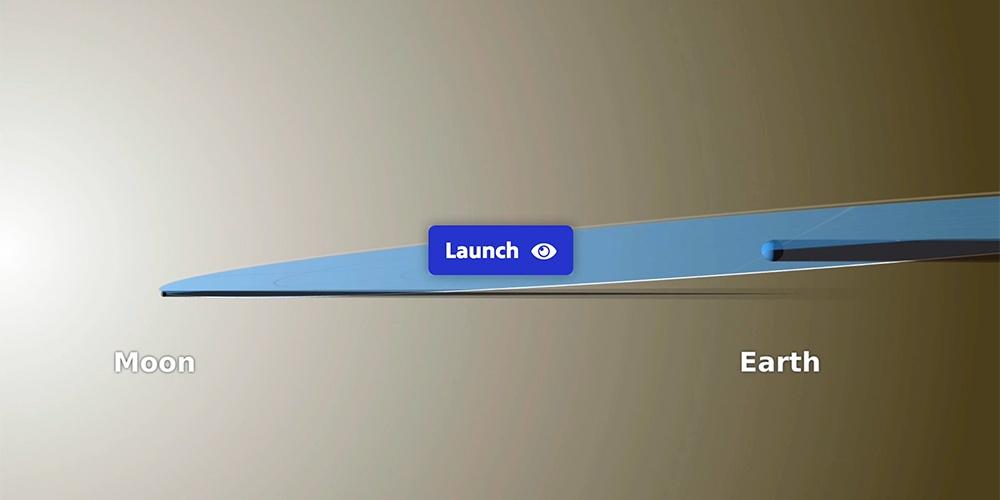
Why isn't there an Eclipse Every Month?
Investigate how the orbits and relative positions of the Moon, the Sun, and Earth produce eclipses using this interactive lesson. (Grades: 6-8)

Frozen Frogs — Nova
Learn how the common wood frog survives the cold winter. Wood frogs are found in the northern United States and Canada and must endure freezing cold temperatures. (Grades: 6-12)
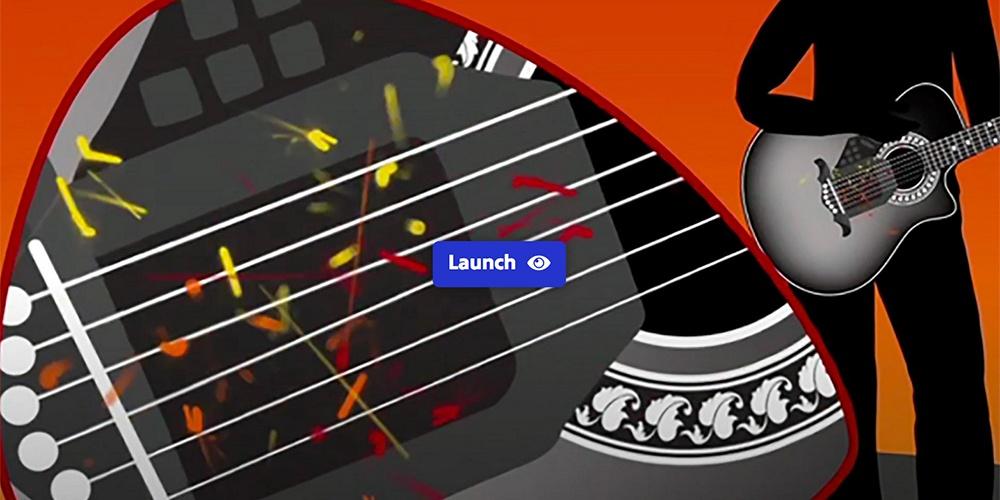
Sound Waves
Learn about sound waves, which move vibrations from one place to another through liquids, gases and solids, with this interactive lesson. (Grades: 6-12)
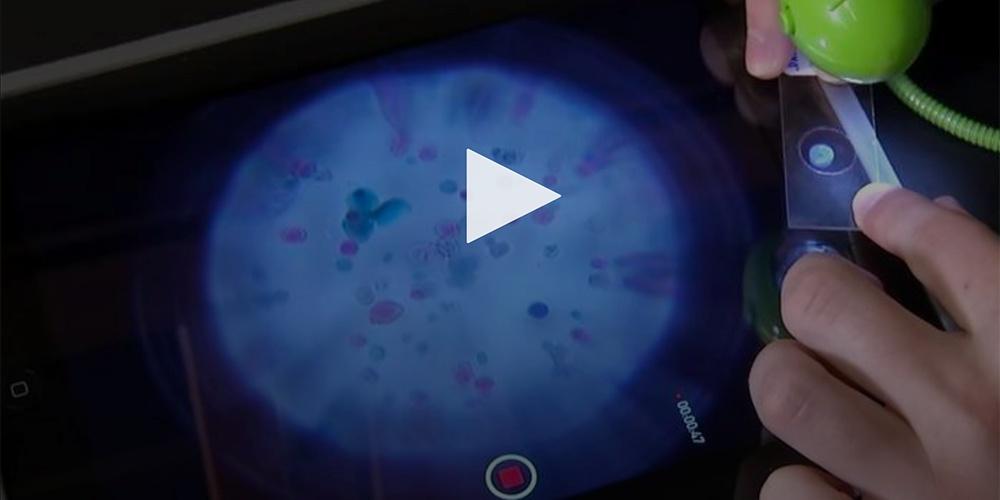
Turn Your Smartphone into a Science Lab
In this video from Inside Science, see how researchers at the University of Washington turn your smartphone into a microscope. (Grades: 6-12)
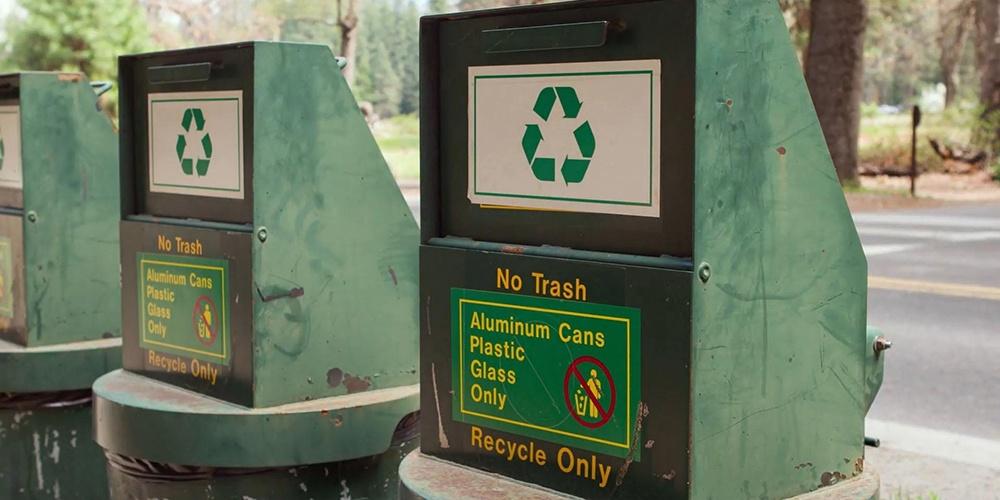
Talking Trash — American Wasteland
Recycling Across America has a simple plan: to get everyone on the country on the same recycled page so we understand it and can do it better! (Grades: 6-12)
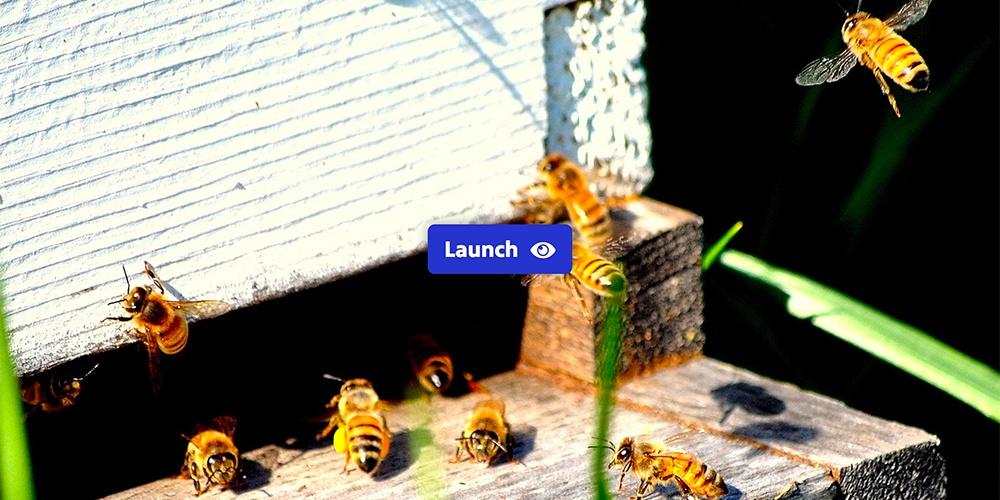
Reclaiming Habitat for Honey Bees
Explore the role of pollinators in the ecosystems they are a part of. In this interactive lesson, students will learn about the importance of honeybees. (Grades: 6-8)
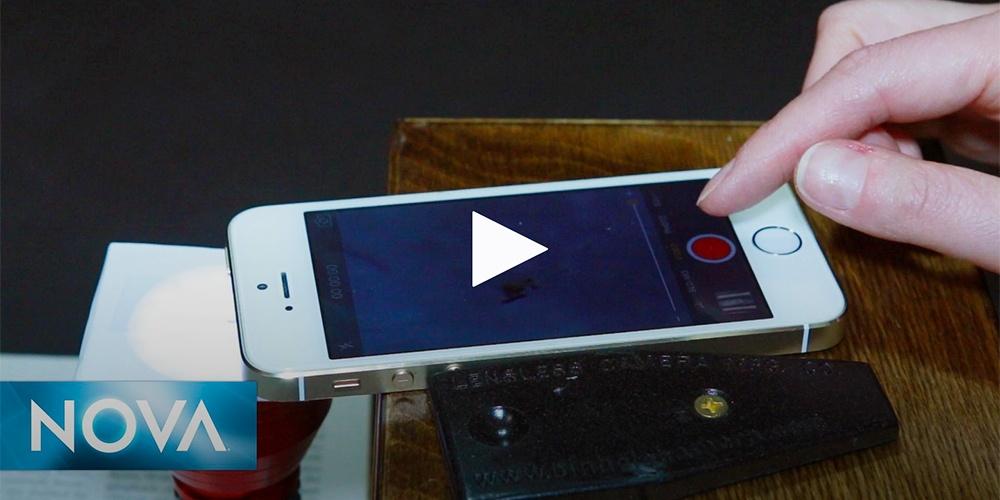
Gross Science | See Microbes with This DIY Phone Microscope
Learn how to see microbes with your phone, in this episode of Gross Science from NOVA. (Grades: 6-12)

Making North America | Interactive Map
Discover how North America took its shape by visiting geological sites, searching for clues in the landscape, and viewing episodes from Making North America. (Grades: 6-12)
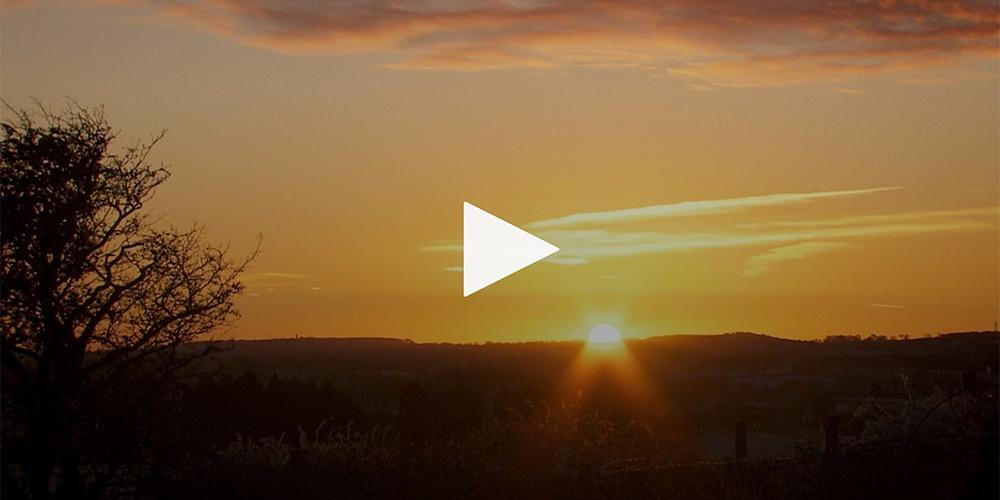
The Anatomy of the Sun | NOVA Labs
In this video from NOVA’s Sun Lab, learn about the Sun’s composition and structure. (Grades: 6-12)

The Energy Lab Interactive
In the research challenge, investigate what energy is, how it can be converted into useful forms, and why some sources are running low. (Grades: 6-12)
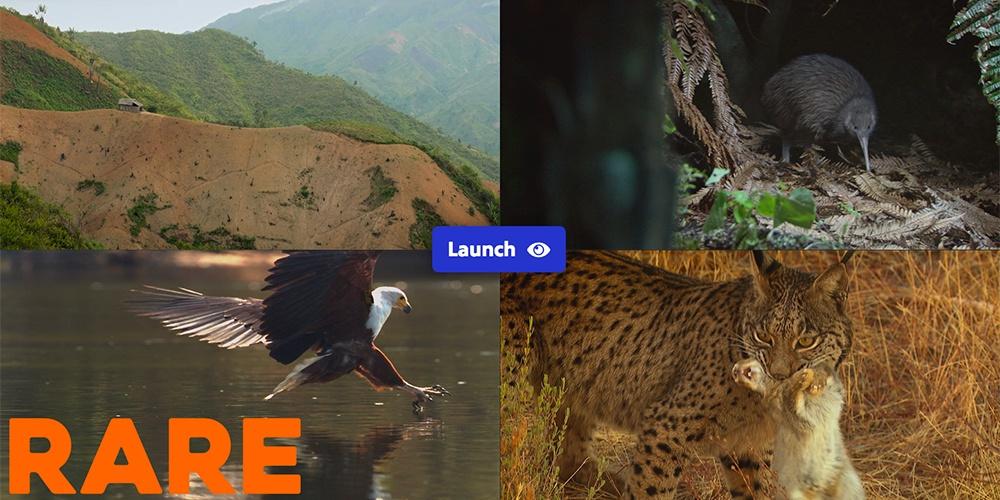
How Disruptions Affect Animal Populations
Students explore the effects that ecosystem disruptions can have on animal populations in this interactive lesson. (Grades: 6-9)

Water Cycle Animation | Clue into Climate
See what happens when there are changes in the regional water cycle. (Grades: 4-8)

Georgia Forests - Virtual Learning Journey
Take an interactive journey through the working forests of Georgia to learn about forest ecosystems, food webs, life cycles and much more. (Grades: 3-6)
High School

Cloud Typing Interactive
Try your hand at classifying clouds in this interactive from the NOVA Cloud Lab. This interactive challenges you to look closely and classify each cloud type. (Grades: 6-12)

The Energy Lab Interactive
In the research challenge, investigate what energy is, how it can be converted into useful forms, and why some sources are running low. (Grades: 6-12)

Does Climate Change Cause Extreme Weather? | Above the Noise
Fluctuations in weather happen all the time. But sometimes, those fluctuations can get extreme. What role does climate change play in extreme weather? (Grades: 6-12)
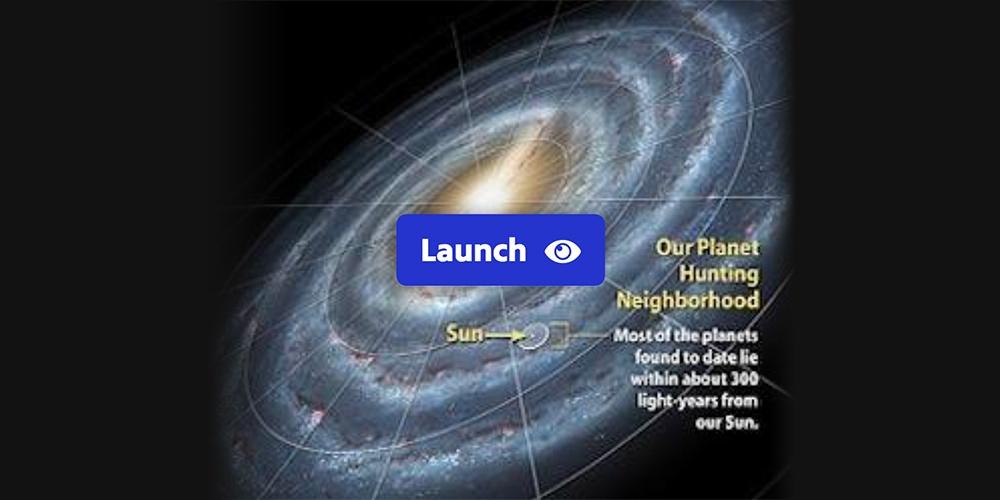
Is There Life in Space?
You will discover how scientists find planets & other astronomical bodies through the wobble (known as Doppler spectroscopy or radial-velocity) and transit methods. (Grades: 9-
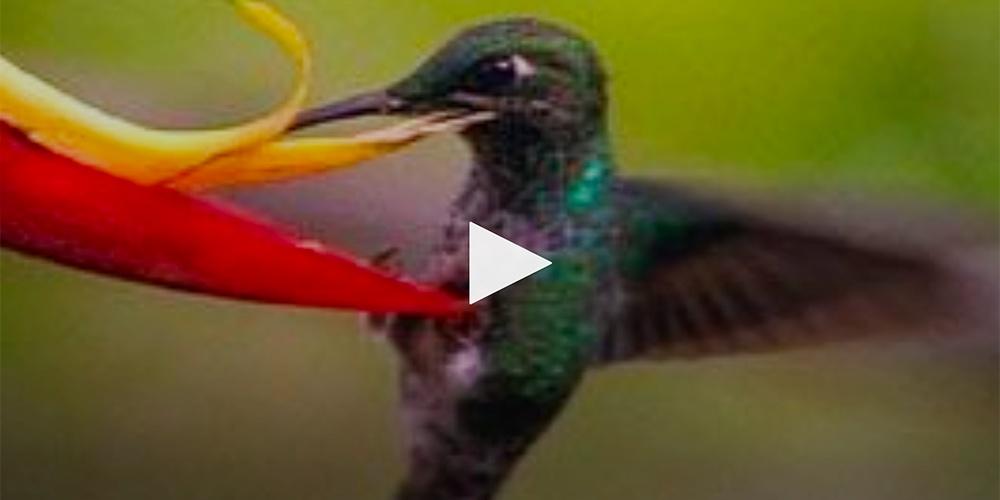
How Does Evolution Really Work?
Visit Ecuador to examine the research of Chris Schneider, a modern-day Darwin, in this video from Evolution. (Grades: 9-12)

Talking Trash — American Wasteland
Recycling Across America has a simple plan: to get everyone on the country on the same recycled page so we understand it and can do it better! (Grades: 6-12)
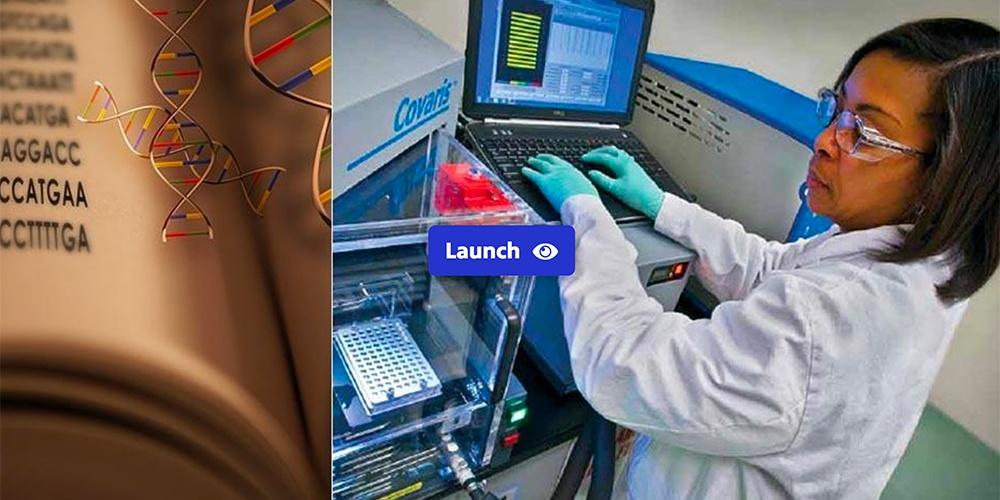
Cracking Your Genetic Code
Students examine technologies that help scientists better understand and manipulate the human genome—the complete set of genes that all of us possess. (Grades: 9-12)

Covalent Bonding
This interactive activity describes covalent bonding—a type of chemical bond that involves the sharing of electrons. (Grades: 9-12)

Sound Waves
Learn about sound waves, which move vibrations from one place to another through liquids, gases and solids, with this interactive lesson. (Grades: 6-12)
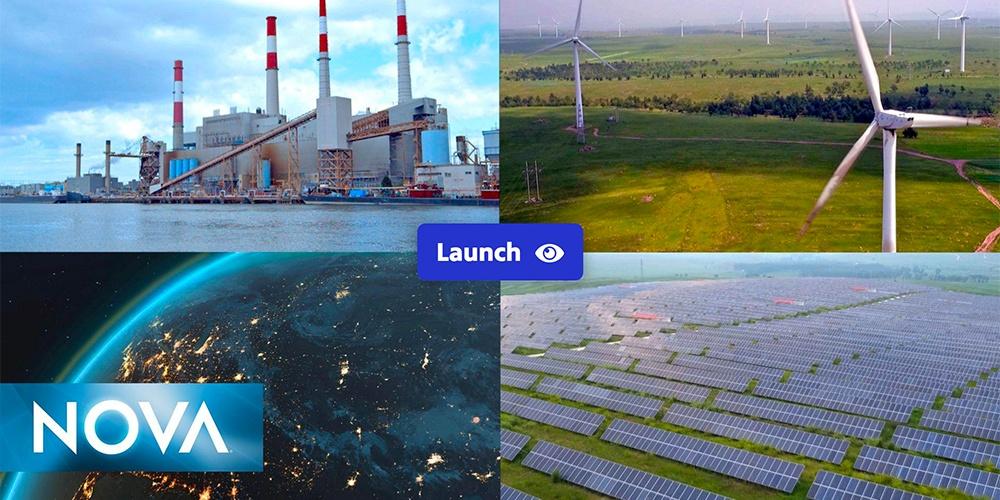
Deciding Your City's Energy Future
Students learn about fossil fuels and renewable energy sources to help them decide which type of energy should be used to power a city’s electric grid. (Grades: 9-12)

Moon Formation and Earth — Interactive Lesson
Students learn about the giant impact hypothesis for the Moon’s formation and how the Apollo Moon rocks have contributed to scientists’ understanding about the Moon. (Grades: 9-12)
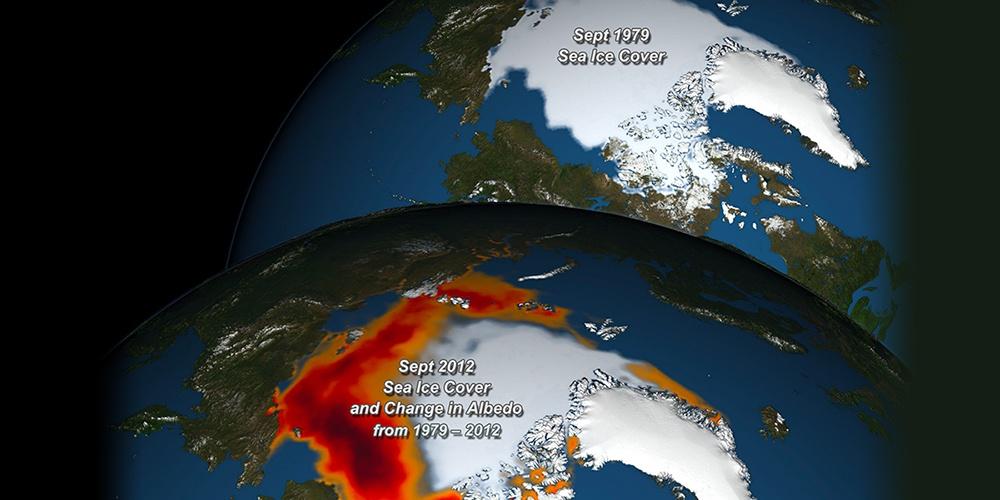
Albedo Decrease Linked to Vanishing Arctic Sea Ice
This visualization from NASA shows the correlation between a decline in Arctic sea ice and the resulting decrease in planetary albedo over the past few decades. (Grades: 9-12)

Frozen Frogs — Nova
Learn how the common wood frog survives the cold winter. Wood frogs are found in the northern United States and Canada and must endure freezing cold temperatures. (Grades: 6-12)

Making North America | Interactive Map
Discover how North America took its shape by visiting geological sites, searching for clues in the landscape, and viewing episodes from Making North America. (Grades: 6-12)

The Fate of Carbon
Examine the importance of carbon & learn about two Earth systems, the solubility pump & the biological pump, which cycle carbon from the atmosphere into the oceans. (Grades

How to See Time Travel
Build your own cloud chamber particle detector and test relativity at home! (Grades: 6-12)

Mechanical Waves
Learn about mechanical waves, which transfers energy from one place to another through liquids, gases and solids, with this interactive lesson. (Grades: 6-12)

Gross Science | See Microbes with This DIY Phone Microscope
Learn how to see microbes with your phone, in this episode of Gross Science from NOVA. (Grades: 6-12)

The Anatomy of the Sun | NOVA Labs
In this video from NOVA’s Sun Lab, learn about the Sun’s composition and structure. (Grades: 6-12)

Turn Your Smartphone into a Science Lab
In this video from Inside Science, see how researchers at the University of Washington turn your smartphone into a microscope. (Grades: 6-12)

Understanding Dynamic Systems
This self-paced interactive lesson guides students through the process of identifying and analyzing a system. (Grades: 9-12)